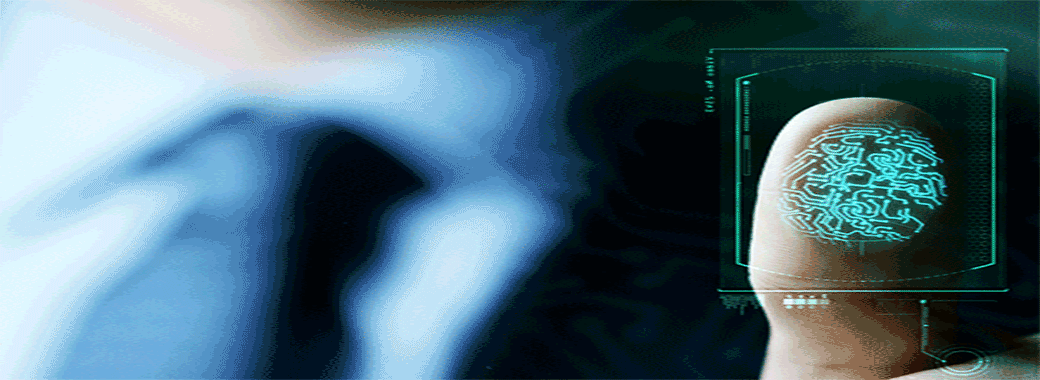Finger Print Identification

What is Fingerprint Identification? Fingerprint identification is one of the most well-known and publicized biometrics. Because of their uniqueness and consistency over time, fingerprints have been used for identification for over a century, more recently becoming automated (i.e. a biometric) due to advancements in computing capabilities. Fingerprint identification is popular because of the inherent ease in acquisition, the numerous sources (10 fingers) available for collection, and their established use and collections by law enforcement and immigration. The practice of using fingerprints as a method of identifying individuals has been in use since the late nineteenth century when Sir Francis Galton defined some of the points or characteristics from which fingerprints can be identified. These “Galton Points” are the foundation for the science of fingerprint identification, which has expanded and transitioned over the past century. Fingerprint identification began its transition to automation in the late 1960s along with the emergence of computing technologies. With the advent of computers, a subset of the Galton Points, referred to as minutiae, has been utilized to develop automated fingerprint technology. A fingerprint usually appears as a series of dark lines that represent the high, peaking portion of the friction ridge skin, while the valley between these ridges appears as white space and are the low, shallow portion of the friction ridge skin. Fingerprint identification is based primarily on the minutiae, or the location and direction of the ridge endings and bifurcations (splits) along a ridge path. A variety of sensor types — optical, capacitive, ultrasound, and thermal — are used for collecting the digital image of a fingerprint surface. Optical sensors take an image of the fingerprint, and are the most common sensor today. The two main categories of fingerprint matching techniques are minutiae-based matching and pattern matching. Pattern matching simply compares two images to see how similar they are. Pattern matching is usually used in fingerprint systems to detect duplicates. The most widely used recognition technique, minutiae-based matching, relies on the minutiae points, specifically the location and direction of each point..